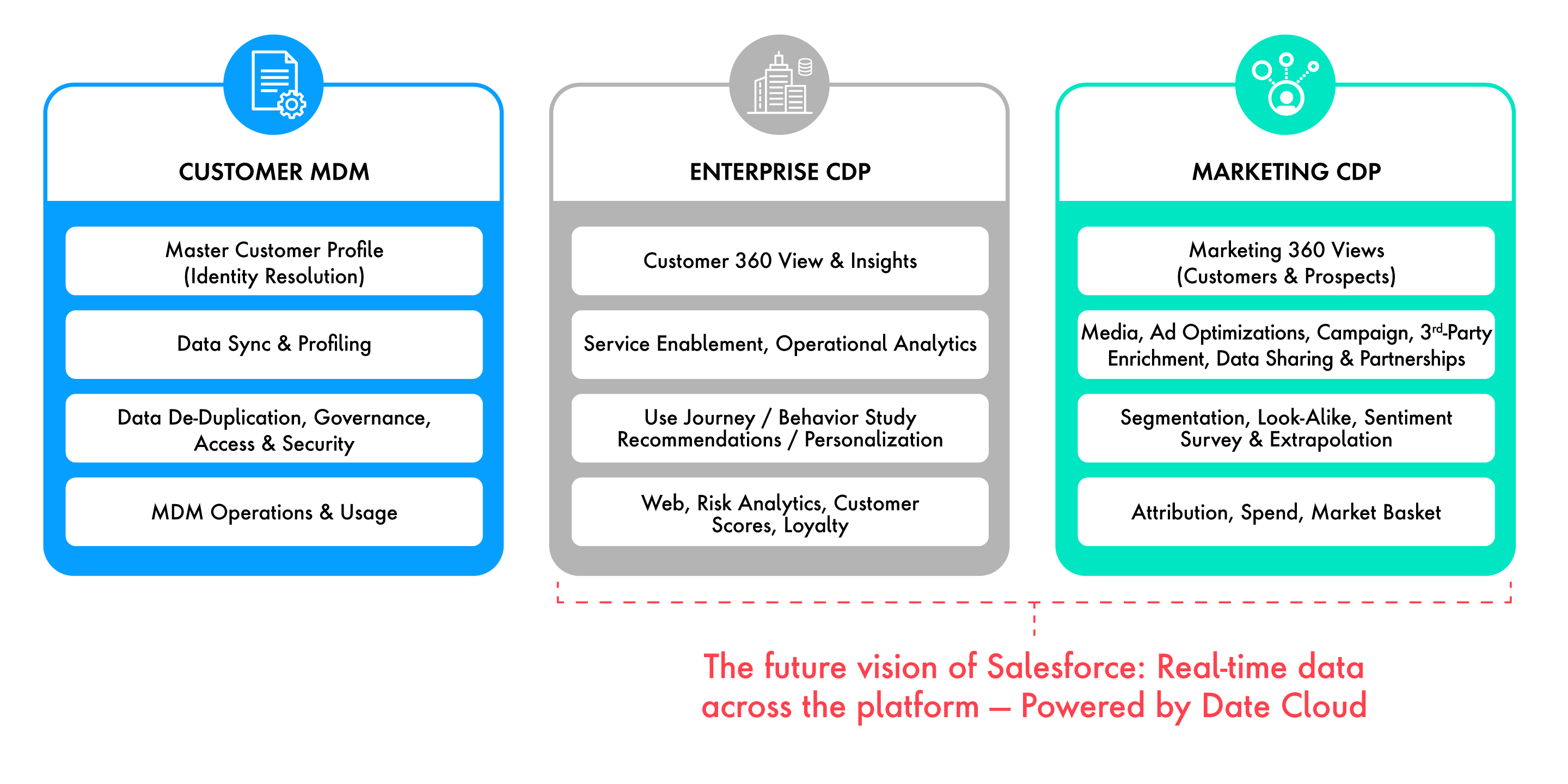A CDP is about more than marketing.
Publicis Sapient has more than 10 years of CDP experience. Along the way, we’ve encountered many definitions (and misconceptions) of CDPs framed by thought leaders, consulting firms, analysts and software providers.
A common misconception is that Customer Data Platforms are focused on marketing and, therefore, only for marketers. However, it is probably more accurate to frame CDPs as being about delivering the data, decisions and activations needed to inform an experience. We could even talk about CDPs in the context of risk management. But in any case, it is about bringing the data surrounding a customer together so a business can make a more informed, actionable decision. And marketers have, by default, become the most centralized owners of customer experience.








